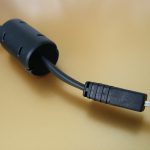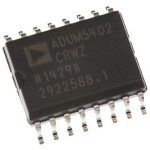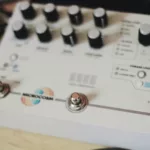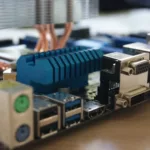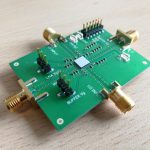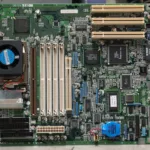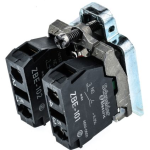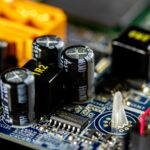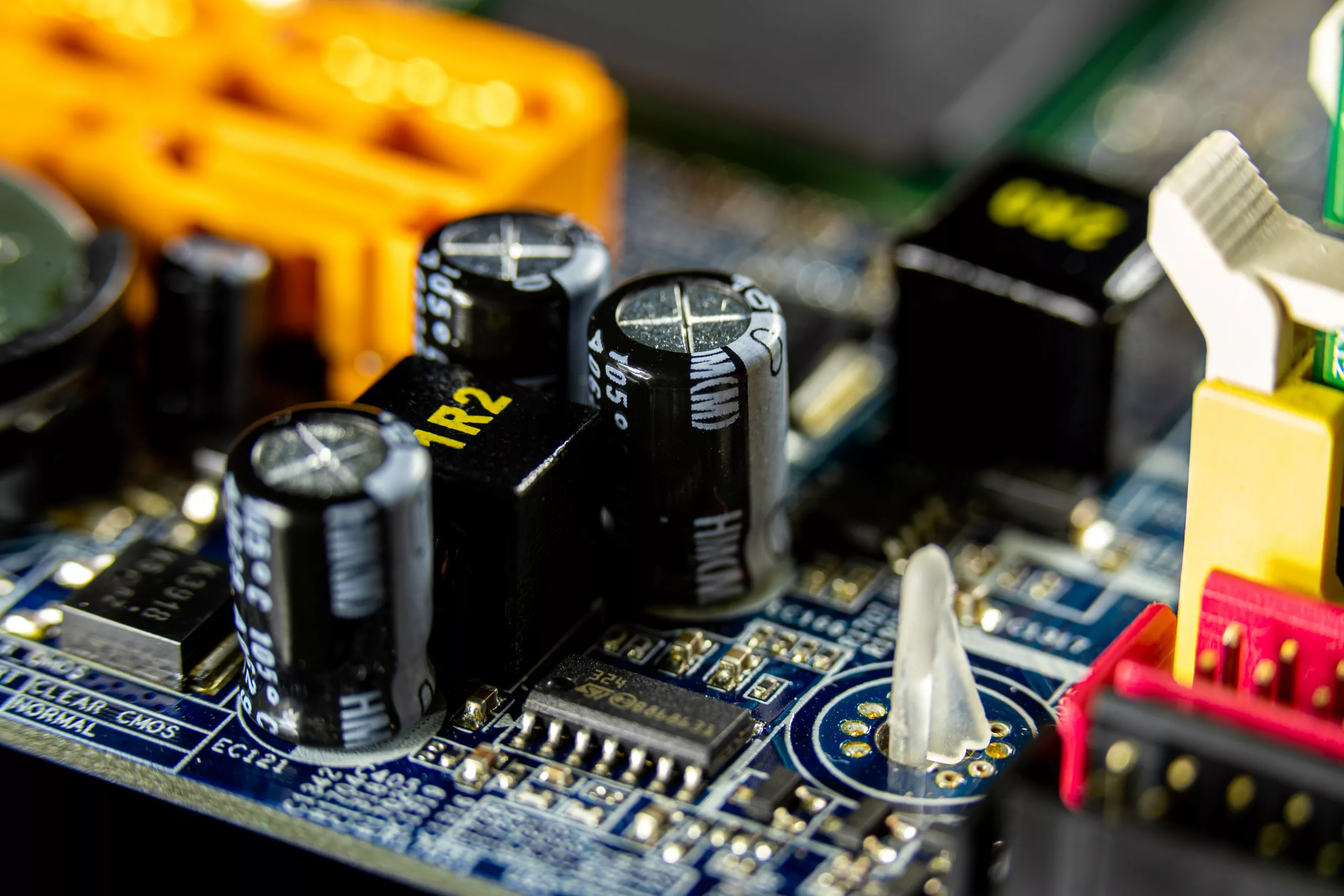
Introduction
Direct current (DC) converters are significant in converting DC voltage from one level to another, making them indispensable in multiple power applications. DC converters can achieve the highest levels of efficiency and reliability, contributing to the smooth operation of various applications in today’s electrified world. However, these converters rely on precise control of the semiconductor switches–a challenging task due to the phenomenon known as “deadtime.” This article unlocks the concept of power converter deadtime in DC converters, exploring its significance, causes, and strategies to mitigate its effects.
Understanding Deadtime in DC Converters: The Significance
In the context of power electronics, deadtime refers to the brief interval during which both the high-side and low-side semiconductor switches in a converter are off simultaneously. In a typical half-bridge or full-bridge DC converter, the deadtime, also called deadband or blanking time, is essential to prevent shoot-through currents that can damage the switches converter components and reduce overall system efficiency.
By inserting this brief deadtime, engineers prevent these harmful shoot-through currents and enhance the overall reliability and performance of the DC converter. Properly managing deadtime is a fundamental consideration in DC converters’ design and operation, preventing them from catastrophic failure.
Deadtime in DC Converters: Uncovering the Unmatchable Benefits
Deadtime can benefit DC converters in various ways, ensuring safe and smooth operations. Some of the potential advantages of deadtime in DC converters include:
- Preventing Shoot-Through Currents
The primary purpose of deadtime is to avoid shoot-through currents. Shoot-through occurs when both the high-side and low-side switches in a bridge leg are turned on simultaneously. In such a scenario, a short circuit is created across the DC bus, leading to a rapid energy discharge and potential damage to the converter components. Deadtime ensures this overlap does not occur, enhancing the converter’s reliability.
- Reducing Switching Losses
Deadtime are pivotal in reducing switching losses. When a semiconductor switch transitions from ON to OFF or vice versa, there is a brief period during which both switches are off. Without deadtime, this period would be negligible, and the switches would experience significant voltage stress when turning on, leading to increased switching losses.
- Improving System Efficiency
Efficiency is a critical consideration in power electronics. Deadtime contributes to overall system efficiency by preventing shoot-throughs and reducing switching losses. High performance and efficiency minimise power dissipation and enhance the converter’s power delivery and heat management performance.
The Triggering Factors of Deadtime in Power Electronic Converters: Exploring the Causes
Deadtime is an inherent feature of most power electronic converters–arising from several factors, including:
- Gate Driver Delays: Gate drivers, controlling the switching of the semiconductor devices, introduce delays in turning the switches on and off. These delays can vary depending on the driver’s technology and circuit design.
- Propagation Delay: Each semiconductor switch has a finite switching speed. There is a delay during transitional operations like turning ON or OFF due to the time required for the switch to change state.
- Voltage and Current Sensing: Modern power converters often incorporate feedback loops for voltage and current control. These feedback loops introduce delays as the control circuit processes sensor data and make control decisions.
- Component Tolerances: Variability in the characteristics of semiconductor devices, such as gate threshold voltage and switching times, can also contribute to deadtime.
Best Practices for Mitigating Deadtime Effects
Deadtime, while necessary, can adversely affect converter performance when not managed properly. To mitigate its impact and optimise converter operation, several deadtime management strategies can be employed, such as:
- Accurate Timing Control
Implementing precise timing control in the gate driver circuitry can help minimise deadtime. This involves compensating for gate driver delays and minimising propagation delays through careful circuit design. Precise timing control ensures that switches are turned On and Off with minimal delay, reducing deadtime without compromising reliability.
- Adaptive Deadtime Control
Some advanced converters employ adaptive deadtime control, continuously adjusting the deadtime based on operating conditions and component tolerances. Such features ensure the deadtime remains optimised under varying circumstances.
- Fast Switching Devices
Using faster semiconductor devices can reduce the deadtime associated with switch transitions. However, balancing this with other considerations like conduction losses and cost is essential.
- Advanced Gate Drivers
Intelligent gate driver technology can actively monitor switch states and adjust real-time timings. High-performance gate drivers with low propagation delays and precise control capabilities are available for demanding applications.
- Thermal Management
Efficient thermal management is essential to prevent overheating and device failure. Designers must consider heat dissipation in the switches when determining the acceptable deadtime.
- Feedback Control
Incorporating advanced feedback control algorithms can help compensate for deadtime effects and improve overall system performance.
Conclusion
Power converter deadtime in DC converters is crucial for achieving efficient and reliable operation. It prevents shoot-through currents, reduces switching losses, and improves system efficiency. While deadtime is an inherent aspect of converter design, careful attention to timing control, gate driver technology, and feedback control can help mitigate its effects and optimise converter performance. With advancements in power electronics, deadtime management will remain a critical factor in achieving the highest levels of efficiency and reliability in DC converter applications.








